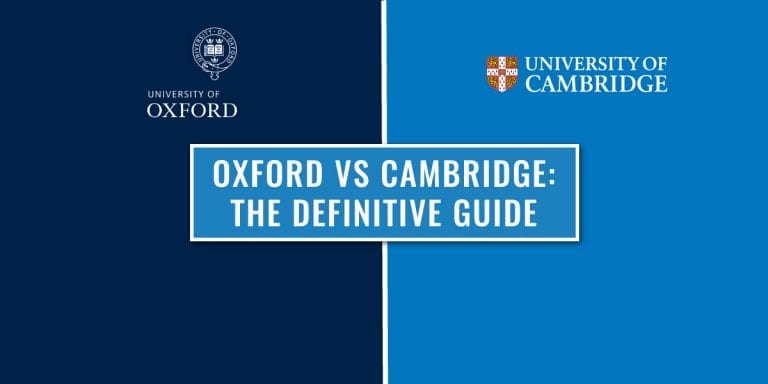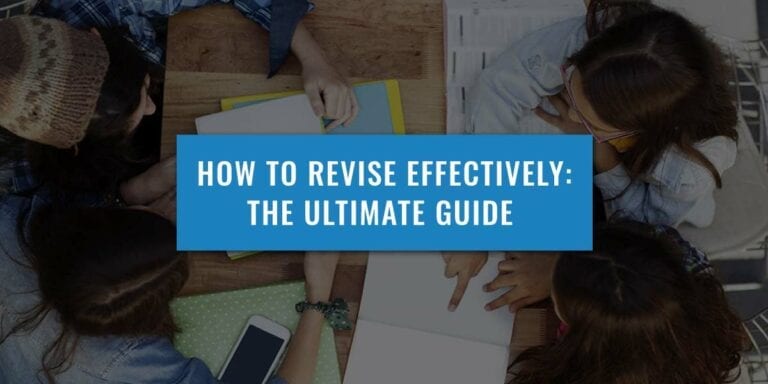The ECAA is no longer being used for Cambridge Economics. The TMUA is used instead for 2022 Economics Applicants.
Section 2 of the ECAA is an extended essay responding to an excerpt of text.
The best way to guide you through this section is to start with the basics. In this guide, we will outline the basics of Section 2, explain how to structure your essays and leave you with some final useful tips. Without further ado, let’s begin.
What is Section 2 of the ECAA?
In Section 2, you have to write an essay based upon a passage. There is no choice of essay title meaning that you have to answer the question that comes up. Whilst different questions will inevitably demand differing levels of comprehension and knowledge, it is important to realise that one of the major skills being tested is actually your ability to construct a logical and coherent argument – and to convey it to the reader.
Section 2 of the ECAA is frequently neglected by lots of students who choose to spend their time on Section 1 instead. However, it is possible to rapidly improve your essay writing and given that it may come up at your interview, well worth the time invested!
The aim of Section 2 is not to write as much as you can. Rather, the examiner is looking for you to make interesting and well-supported points, and tie everything neatly together for a strong conclusion. Make sure you’re writing critically and concisely and not rambling on. Irrelevant material can actually lower your score.
Enhance your TMUA Score through our one-to-one sessions led by Oxbridge Economics Tutors.
Essay Structure
The ECAA essay should follow the standard essay structure with an:
- Introduction
- Main Body
- Conclusion
You should also use clear paragraphs to format your essay and structure your thoughts in a way that is easily read.
Introduction
An introduction provides tutors with their first opportunity to examine your work. A good introduction should briefly explain the statement or quote and concisely give any relevant background information. However, don’t fall into the trap of just repeating the statement in a different way. The introduction is the first opportunity to suggest an answer to the question posed but save the explanation for the main body.
The Main Body
In the main body, you must explore and make convincing points on the topic. Each point should be evidenced and justified and each point should go through a basic:
- Point
- Evidence
- Evaluation
By using this process you ensure each sentence builds upon the last.
You must also make sure to achieve a logical flow between ideas. One of the most effective ways of displaying a good understanding of the question is to keep a logical flow throughout your essay. This means linking points effectively between paragraphs, and creating a congruent train of thought for the examiner as the argument develops. A good way to generate this flow of ideas is to provide comparisons of arguments and discuss whether points support or dispute one another.
Where possible, you should also use examples. Examples help boost the validity of an argument and can help display good writing skills. They can add a lot of weight to your argument and make the argument much more relevant to the reader.
The Conclusion
The conclusion provides an opportunity to emphasise the overall sentiment of your essay which readers can then take away. It should summarise what has been discussed during the main body and give a definitive answer to the question.
Essay Tips
Ignoring the other side of the argument
You need to ensure that you show an appreciation for the fact that there are often two sides to the argument. Where appropriate, you should outline both points of view and how they pertain to the essay’s main principles and then come to a reasoned judgement.
Missing topic sentences
A reader who is pressed for time should be able to read your introduction, the first line of every paragraph and your conclusion, and be able to follow your argument. The filling of a paragraph will elaborate your point with examples, but the first sentence of the paragraph should provide the headline point.
Long introductions
Some students can start rambling and make introductions too long and unfocussed. Although background information about the topic can be useful, it is normally not necessary. Instead, the emphasis should be placed on responding to the question.
Sitting on the fence
Students sometimes don’t reach a clear conclusion. You need to ensure that you give a decisive answer to the question and clearly explain how you’ve reached this judgement. Essays that do not come to a clear conclusion generally have a smaller impact and score lower.
Looking to boost your TMUA score? We have the support you need to improve your exam technique.
The UniAdmissions TMUA Programme will rapidly boost your score and triple your chances of succeeding in your application.
Our expert tutors will guide you through past papers in mock exam scenarios so that you are well-prepared by the time your exam comes around. UniAdmissions helps students refine and hone their abilities so that they’re exam-ready on test day for all aspects of the TMUA exam.






